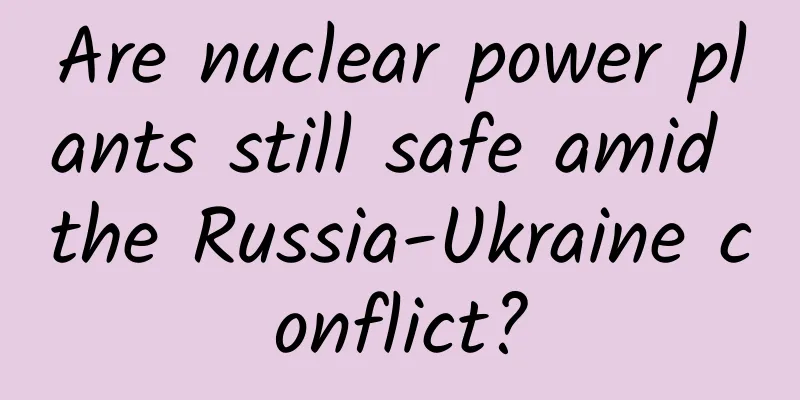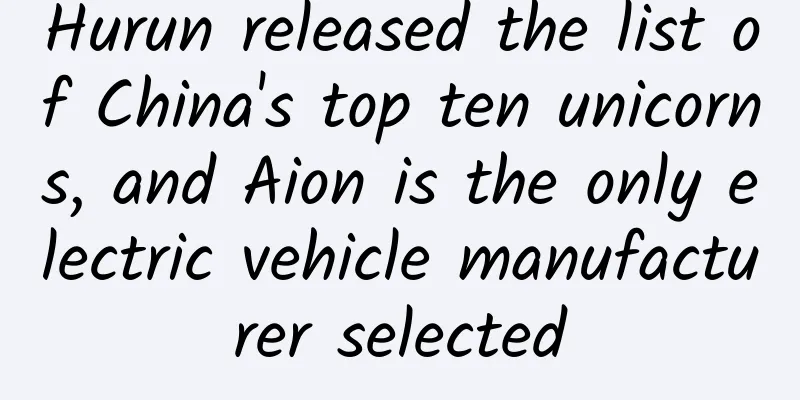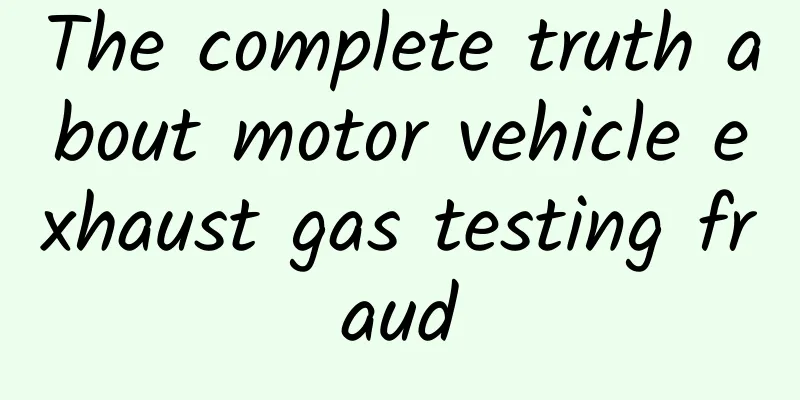Are nuclear power plants still safe amid the Russia-Ukraine conflict?

|
Due to the war between Russia and Ukraine, the situation of 15 nuclear reactors in Ukraine is worrying. What types of reactors are these in Ukraine? Are the safety risks controllable? Compiled by New Media Editor Duan Dawei According to Ukrainian news agency, a fire broke out near the Zaporizhia Nuclear Power Plant in Ukraine recently due to the war between Ukraine and Russia. The press office of the Zaporizhia Nuclear Power Plant stated that there was no fire at the nuclear power plant, and the building that caught fire was an exercise training facility near the nuclear power plant. ▲The real-time monitoring screen of the Zaporizhia Nuclear Power Plant shows that a fire broke out in the plant area (Photo source: CCTV News Client) ▲Distribution map of Ukrainian nuclear power plants (Photo source: Business Insider) The dust of the war between Russia and Ukraine has not yet settled. There are many nuclear power plants and nuclear reactors in Ukraine. In addition to the 6 nuclear reactors at the Zaporizhia Nuclear Power Plant, there are 2 nuclear reactors at the Khmelnytsky Nuclear Power Plant, 4 nuclear reactors at the Rivne Nuclear Power Plant, and 3 nuclear reactors at the South Ukraine Nuclear Power Plant. A total of 15 active nuclear reactors. What types of reactors are these? Are the safety risks controllable? ◈ ◈ ◈ The birth of nuclear power Since the birth of mankind, we have never stopped exploring energy, such as coal, oil, natural gas, solar energy, and wind energy. In the final analysis, almost all the energy used by humans comes from the sun. However, there is an exception, which is a great technology for producing energy that humans have truly mastered independently, and it is nuclear energy. Most people don’t know about it. The rational use of nuclear energy can reduce the loss of non-renewable energy and reduce environmental pollution to a certain extent. At present, what we can master and control is nuclear fission. Nuclear fission, also known as nuclear fission reaction, refers to a form of nuclear reaction in which a heavy atomic nucleus (mainly uranium nucleus or plutonium nucleus) splits into two or more atoms with smaller mass. As early as 1938, the nuclear fission phenomenon was discovered by German scientist Otto Hahn and his assistant Strassmann in an experiment, which marked the beginning of human use of nuclear energy. When the nuclei of the nuclide uranium 235 are bombarded by external neutrons, one nucleus will absorb a neutron and split into two nuclei with smaller mass, while releasing 2-3 neutrons. These neutrons will bombard other uranium 235 nuclei, causing new fission. This cycle will repeat itself, and a chain reaction of fission will take place. The biggest "advantage" of chain reaction is that it can generate a lot of heat energy. For modern humans, the most direct use of this heat energy is to generate electricity. In 1942, American scientist Fermi and others built the world's first artificial nuclear reactor; in June 1954, the Soviet Union built the Obninsk Nuclear Power Plant, the world's first nuclear power plant that supplies electricity to the industrial power grid, in Obninsk, a suburb of Moscow. Subsequently, various types of nuclear reactors were built one after another, and the power generation capacity became larger and larger. The first generation of nuclear power plants officially entered the energy stage, and nuclear energy entered thousands of households in the form of electricity. As an experimental technology, there are many types of first-generation nuclear power plants. But in most cases, they all use high-temperature steam to drive the turbine to rotate, which in turn drives the generator to generate electricity, which is not much different from conventional thermal power plants. But the difference is that thermal power plants use coal combustion to heat water. In nuclear power plants, the fission reaction of atomic nuclei is used to provide sufficient heat. ◈ ◈ ◈ Nuclear power plant technology matures In the 1970s, the energy crisis caused by the rise in oil prices promoted the great development of nuclear power. Most of the more than 400 nuclear power units in commercial operation in the world were built during this period, and they are usually called second-generation nuclear power units. According to data, most of the units in operation in Ukraine were built during this period. After the first generation of nuclear power plants, only a few types of nuclear power plants have stood out in the fierce market competition. (Photo source: China General Nuclear Power Group Co., Ltd.) For example, a boiling water reactor nuclear power plant is simple in structure and low in cost. In this nuclear power plant, the steam that drives the generator is directly generated by boiling water flowing through the nuclear reactor. However, this will inevitably carry radioactive substances, thereby contaminating the entire circuit, and it will be troublesome if it leaks. Therefore, the pressurized water reactor nuclear power plant, which has a complex structure but is safer and more reliable, has become popular. At present, the most widely used main reactor type in the world is still the pressurized water reactor nuclear power plant. Data shows that there are more than 440 nuclear power plants in operation worldwide, most of which are light water reactors. The vast majority of nuclear power plants put into operation and to be built in my country are also light water reactors. How does a pressurized water reactor nuclear power plant work? The working principle of a nuclear power plant is not complicated. Taking the most common pressurized water reactor nuclear power plant as an example, nuclear fuel made of uranium undergoes fission in the reactor and releases a large amount of heat energy; circulating cooling water under high pressure takes the heat out, generates steam in the steam generator, drives the turbine to rotate, and thus generates electricity. The heat generated by the high-temperature gas-cooled reactor is carried away by the helium coolant, and it has the characteristics of good safety and high outlet temperature. The fast reactor nuclear power plant directly uses fast neutrons to cause a chain fission reaction, and has the advantages of not requiring a moderator, being small in size, and having a high power density. It is currently one of the most mature and most promising advanced reactor types in the international nuclear energy community. ▲Schematic diagram of fast reactor nuclear power plant How to convert nuclear energy into electrical energy? ▲Schematic diagram of the principle of a pressurized water reactor nuclear power plant, where the primary circuit where the nuclear reactor is located is called the "nuclear island", and the secondary circuit where the steam turbine is located is called the "conventional island" (Image source: Planetary Research Institute) Generally speaking, a pressurized water reactor nuclear power plant has two circuits, one of which is the core of the nuclear power plant, equivalent to the boiler of a thermal power plant. After the nuclear fission reaction occurs here, huge heat is generated, which heats the high-pressure water to above 300°C. Because of the involvement of radioactive materials, in order to ensure safety, the nuclear fuel used in nuclear power plants is wrapped in special fuel cladding. The entire primary circuit system is also installed in a closed plant called a containment. The "big shell" in the nuclear power plant picture is this closed plant. The containment can maximize the protection of the public and the environment from being affected when an accident occurs in a nuclear power plant. The secondary circuit system is a steam turbine generator system. It consists of a steam system, a steam turbine generator set, a condenser, a steam exhaust system, a feed water heating system, and an auxiliary feed water system. The water in the secondary circuit absorbs the heat of the steam in the primary circuit through the steam generator, turning itself into saturated steam to drive the steam turbine to generate electricity, and then enters the condenser, where it is cooled, and then enters the steam generator through the feed water pump. Sometimes nuclear power plants call the cooling circuit of the condenser the tertiary circuit. This circuit uses the cooling water source to cool the water in the secondary circuit, and the tertiary circuit transfers the waste heat to the environment. In this way, the power plant of a pressurized water reactor nuclear power plant can be completely separated from the nuclear reactor, thereby isolating radioactive substances and greatly reducing the difficulty of equipment maintenance. ▲The site of Unit 5 of Fuqing Nuclear Power Plant, the world's first "Hualong One" reactor (Photo source: China National Nuclear Power Co., Ltd.) From the perspective of equipment, the reactor of a nuclear power plant is equivalent to the boiler of a thermal power plant. And in terms of specific methods, the heat generated by nuclear fission is used to "boil" water to drive the steam turbine and convert heat energy into electrical energy. ◈ ◈ ◈ How to “suppress” risks in pressurized water reactors According to data, the 15 nuclear reactors in Ukraine are all pressurized water reactors with relatively low risks. However, as a large radiation source, the consequences of an accident at a nuclear power plant would be disastrous. As a qualified pressurized water reactor nuclear power plant, it must have relatively complete safety measures. First, there are three physical barriers from the inside to the outside. The first barrier is the metal tube that wraps the nuclear fuel, which is made of high-temperature and corrosion-resistant zirconium alloy to prevent the nuclear fuel from coming into contact with cooling water and causing radioactive substances to leak out. ▲Schematic diagram of the three safety barriers of a pressurized water reactor nuclear power plant (Photo source: Planetary Research Institute) The second barrier is the pressure vessel and pipelines that wrap the core. If the first barrier is breached, the radioactive material can also be sealed in the loop. The third barrier is the concrete containment that wraps all the reaction devices. Even if the core melts, it can ensure that the radioactive material will not be released into the environment. In addition, there is an emergency shutdown system that automatically inserts control rods and quickly "brakes", an emergency core cooling system that automatically injects water into the core and quickly cools down, and other various safety control systems are set up layer by layer for the safe operation of nuclear power plants. But this does not mean that they are absolutely safe. Tom Scott, a professor of materials science at the University of Bristol in the UK, explained in an interview with The Guardian that if the cooling capacity is damaged, it may still cause irreversible consequences. Because it takes several weeks to cool down after the reactor is shut down to remove the residual heat in the core. "The cooling system relies on diesel generators, so any damage to these generators may lead to an accident similar to Fukushima, causing the reactor to overheat, and the remaining water to turn into steam, melting the fuel in the reactor and causing radiation to be released into the atmosphere." Currently, the nuclear power plants in Ukraine have not been attacked, and it is still unknown how the situation will develop in the future. But in any case, if artillery fire falls on nuclear reactors, the nuclear cloud will probably cover the earth. (Comprehensive from Beijing Science and Technology News, Xinmin Evening News, Planetary Research Institute, China National Nuclear Corporation, China Workers Network, Guangming Online, etc.) Produced by: Science Central Kitchen Produced by: Beijing Science and Technology News | Beijing Science and Technology Media Welcome to share to your circle of friends Reproduction without authorization is prohibited |
>>: At what level of insomnia do you need to take sleeping pills? Will you become addicted?
Recommend
When should I use copy and when should I use strong for NSString attributes?
When should I use copy and when should I use stro...
How does Zhihu monetize? Zhihu monetization skills!
I wrote the first answer on Zhihu , which unexpec...
How much does it cost to customize Dehong furniture through the mini program? What is the price quote for Dehong Furniture Mini Program customization?
There are two types of customization of Dehong Fu...
APP promotion: Only by mastering those data and channels can you get 1 million users!
Whether it is a large company or a small business...
iOS 15 official version is here, these features are not available
[[424899]] Although Apple announced that the offi...
The new Liberty X will be released this year.
Jeep has always specialized in hard-core off-road...
Do webpage titles and article titles mean the same thing?
Student asked: Do the webpage title and article t...
Lin Bin: Xiaomi's Four Principles for Becoming a "Hot-selling E-commerce Company"
A few days ago, I attended an economic forum in C...
Beware! The adulteration rate of such food for babies is as high as 70%!
The fish floss you feed your children may be a fa...
Tesla's internal data leaked, more than 80% of vehicles need to be reworked
On the evening of August 21st, Eastern Time, fore...
Dong Changzheng: Changes in users make Toyota "unorthodox"
From June 5th to 6th, the 2018 (9th) Global Aut...
BYD's monthly sales of new energy vehicles exceeded 30,000, and it has no plans to stop producing fuel vehicles
Recently, the automobile production and sales dat...
All are cardiovascular and cerebrovascular emergencies! Autumn is here, cardiovascular and cerebrovascular diseases are frequent, how to prevent them?
The nights in the emergency room are never so pea...
APP promotion scenario: let users actively download your product!
"Scenario-based" is a prerequisite that...
How to divert Douyin traffic to the private traffic pool?
Traffic acquisition has always been a difficult p...









